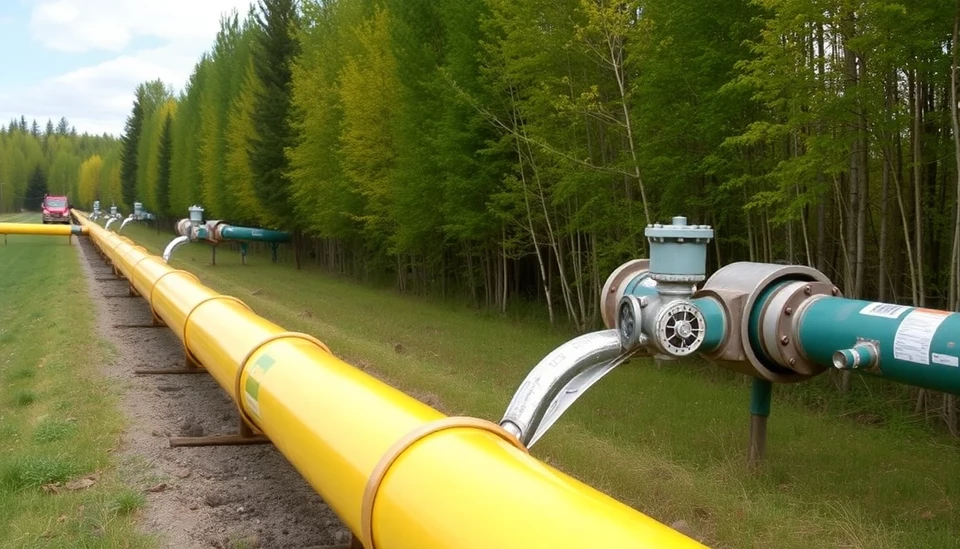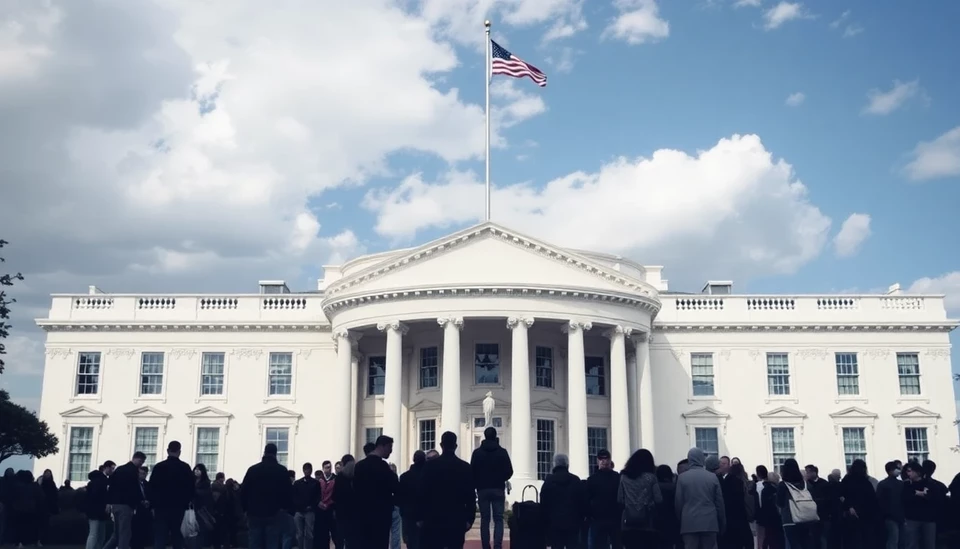
In a decisive move aimed at combating climate change and mitigating the impacts of methane emissions, the Biden administration has announced finalized regulations targeting methane leaks from natural gas pipelines and related infrastructures. This announcement underscores the administration's commitment to reducing greenhouse gas emissions and advancing environmental protection initiatives.
The new regulations, which are set to take effect soon, focus on inspecting and repairing leaks from natural gas distribution systems. These pipes are often old and prone to leaking, which can significantly contribute to methane emissions—a gas that is over 25 times more potent than carbon dioxide in terms of its heat-trapping ability over a 100-year period.
Under the finalized rules, utilities will be required to conduct regular leak detection and repair (LDAR) activities. This mandates monitoring systems be implemented to detect emissions proactively, as well as require companies to respond swiftly to any leaks identified. The approach is designed to hold natural gas businesses accountable for maintaining the integrity of their systems and minimizing environmental harm.
According to the Environmental Protection Agency (EPA), the natural gas sector is a major source of methane pollution, which poses significant challenges in the global fight against climate change. In light of this, the federal government estimates that the new measures could result in reducing methane emissions significantly, with projections indicating potential reductions in the range of 25% by the end of the decade.
This crackdown on methane leaks aligns with the Biden administration's broader climate goals, including the aim to achieve a 50-52% reduction in greenhouse gas emissions by 2030 compared to 2005 levels. The urgency surrounding these initiatives has grown as international climate commitments become increasingly pressing in light of significant global warming trends.
Industry stakeholders have expressed mixed reactions to the new regulations. While environmental advocates laud the initiative as a necessary step towards ecological sustainability, some utility companies have voiced concerns regarding the costs and logistical challenges associated with meeting the stringent requirements. They argue that compliance may involve substantial investments in technology and infrastructure upgrades, potentially impacting energy prices for consumers.
In response to industry concerns, EPA officials have indicated a willingness to engage with utilities to ensure that the implementation process is fair and practical. They emphasize the long-term benefits of reducing methane emissions not only for the environment but also for public health and climate resilience.
The finalized rules come in the wake of additional efforts at both the state and federal levels to regulate gas emissions and boost clean energy alternatives. Advocates for climate action view this as a critical moment for advancing comprehensive policies to transition towards a more sustainable energy future.
As the nation gears up for the implementation of these new regulations, all eyes are on how the legislative framework will unfold and what the future holds for the natural gas industry in the context of increased environmental scrutiny.
In conclusion, the Biden administration's latest regulations represent a significant step in addressing the challenges posed by methane emissions from natural gas pipelines. With meticulous oversight and accountability measures in place, these rules are expected to not only yield environmental benefits but also lay groundwork for a more sustainable energy landscape moving forward.
#BidenAdministration #MethaneRegulations #ClimateChange #EnvironmentalPolicy #NaturalGas #EPA #GreenhouseGases #Sustainability #CleanEnergy
Author: Sophie Bennett




